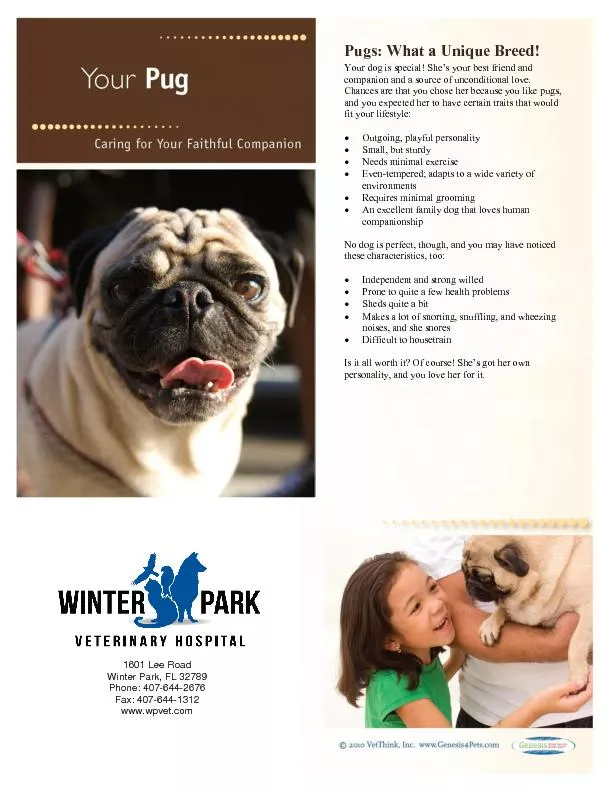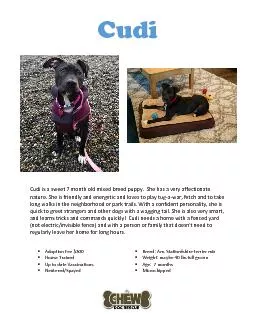PDF-: What a Unique Breed!
Author : olivia-moreira | Published Date : 2016-07-15
Pugs Your dog is special Shex2019s your best friend and companion and a source of unconditional love Chances are that you chose her because you like pugs and you
Presentation Embed Code
Download Presentation
Download Presentation The PPT/PDF document ": What a Unique Breed!" is the property of its rightful owner. Permission is granted to download and print the materials on this website for personal, non-commercial use only, and to display it on your personal computer provided you do not modify the materials and that you retain all copyright notices contained in the materials. By downloading content from our website, you accept the terms of this agreement.
: What a Unique Breed!: Transcript
Download Rules Of Document
": What a Unique Breed!"The content belongs to its owner. You may download and print it for personal use, without modification, and keep all copyright notices. By downloading, you agree to these terms.
Related Documents














